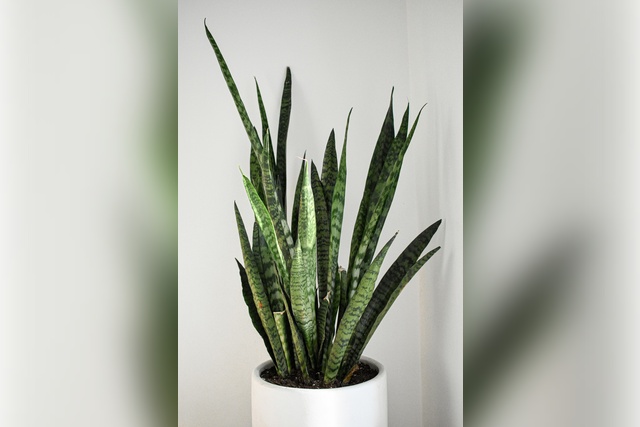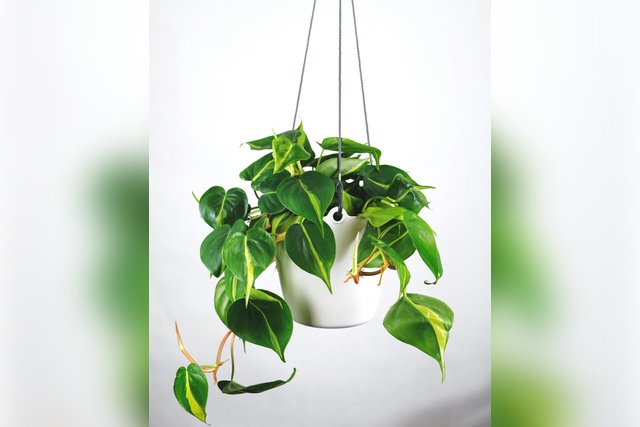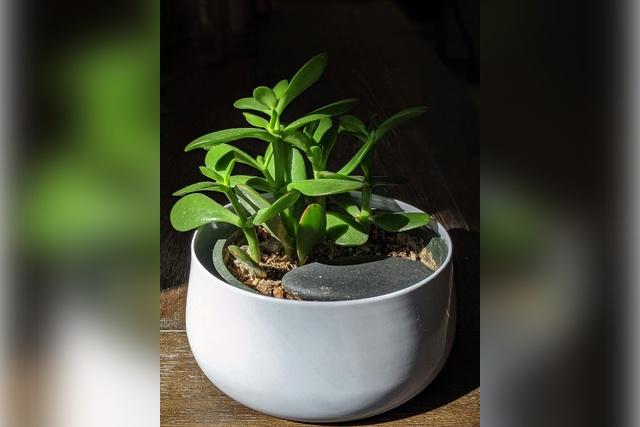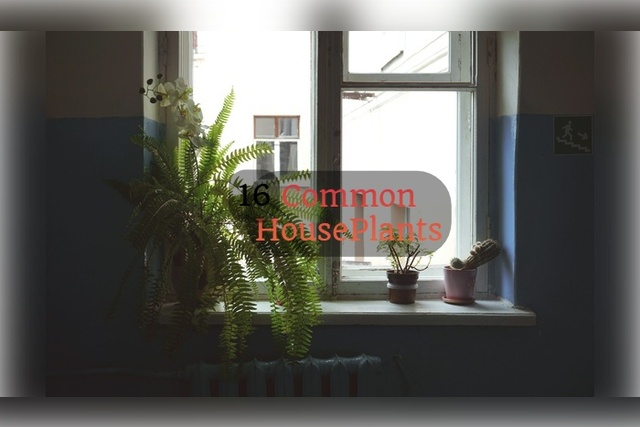Imagine walking into a room filled with lush greenery, where the air feels fresher, and your mood instantly lifts. Houseplants are more than just decorative elements—they purify the air, reduce stress, and bring life to any space. Whether you’re a seasoned plant parent or a beginner, this guide to 16 common houseplants will help you choose the perfect green companions for your home. Let’s dive into the world of indoor gardening and discover how these plants can transform your living space!
Related Article: The Best Indoor Gardening Kit for Beginners
Why Houseplants Are a Must-Have for Every Home
Houseplants are not just trendy; they’re essential for creating a healthy and vibrant living environment. They improve air quality by filtering toxins, boost mental well-being, and add a touch of nature to urban spaces. With so many benefits, it’s no wonder that 16 common houseplants have become staples in homes worldwide. From low-maintenance succulents to statement-making fiddle leaf figs, there’s a plant for every personality and space.
1. Snake Plant (Sansevieria)
The snake plant, also known as the mother-in-law’s tongue, is a hardy and low-maintenance option for beginners. It thrives in low light and requires minimal watering, making it perfect for busy individuals. Plus, it’s one of the best air-purifying plants, removing toxins like formaldehyde and benzene.

2. Pothos (Epipremnum aureum)
Pothos, with its heart-shaped leaves and trailing vines, is a versatile and forgiving plant. It can grow in various lighting conditions and is ideal for hanging baskets or shelves. Pothos is also known for its ability to purify the air, making it a popular choice for offices and homes.
3. Spider Plant (Chlorophytum comosum)
Spider plants are known for their arching leaves and tiny plantlets that dangle like spiders on a web. They’re easy to care for and thrive in indirect light. Spider plants are also non-toxic, making them safe for homes with pets.
4. Peace Lily (Spathiphyllum)
The peace lily is a elegant plant with glossy green leaves and white blooms. It prefers low to medium light and consistently moist soil. Known for its air-purifying qualities, the peace lily can remove toxins like ammonia and benzene from the air.
5. Rubber Plant (Ficus elastica)
With its large, glossy leaves, the rubber plant makes a bold statement in any room. It thrives in bright, indirect light and requires moderate watering. This plant is also effective at removing airborne toxins, making it a functional and stylish addition to your home.
6. Monstera Deliciosa
The monstera, also known as the Swiss cheese plant, is famous for its unique split leaves. It thrives in bright, indirect light and adds a tropical vibe to any space. While it requires a bit more care, its striking appearance makes it worth the effort.
7. ZZ Plant (Zamioculcas zamiifolia)
The ZZ plant is a tough, drought-tolerant plant that can survive in low light and with infrequent watering. Its glossy, dark green leaves add a touch of elegance to any room, making it a favorite among busy plant enthusiasts.
8. Aloe Vera
Aloe vera is not just a plant; it’s a natural remedy for burns and skin irritations. This succulent thrives in bright light and requires minimal watering. Its spiky leaves and healing properties make it a practical and attractive addition to your home.
9. Fiddle Leaf Fig (Ficus lyrata)
The fiddle leaf fig is a popular choice for interior design enthusiasts. Its large, violin-shaped leaves make a dramatic statement, but it requires bright, indirect light and consistent care. With the right conditions, this plant can become the centerpiece of your living room.
10. Chinese Evergreen (Aglaonema)
Chinese evergreens are known for their striking variegated leaves and adaptability to low light. They’re easy to care for and can thrive in various indoor conditions, making them a great choice for beginners.
11. Boston Fern (Nephrolepis exaltata)
Boston ferns are lush, feathery plants that add a touch of greenery to any space. They thrive in humid environments and indirect light, making them perfect for bathrooms or kitchens. Regular misting helps keep their foliage vibrant.
12. Philodendron
Philodendrons come in various shapes and sizes, from heart-leaf varieties to large split-leaf types. They’re easy to care for and thrive in indirect light. Their trailing vines make them ideal for hanging baskets or shelves.


13. Jade Plant (Crassula ovata)
The jade plant is a succulent with thick, fleshy leaves that store water. It thrives in bright light and requires minimal watering, making it a low-maintenance option for busy plant lovers. In some cultures, it’s also considered a symbol of good luck.
14. English Ivy (Hedera helix)
English ivy is a versatile plant that can be grown as a trailing vine or a climbing plant. It thrives in bright, indirect light and requires regular watering. English ivy is also known for its air-purifying qualities.
15. Dracaena
Dracaenas come in various shapes and sizes, with striking foliage that adds a tropical touch to your home. They thrive in bright, indirect light and require moderate watering. Some varieties, like the dragon tree, are particularly effective at removing toxins from the air.
16. Succulents
Succulents are a diverse group of plants that store water in their leaves, making them drought-tolerant and easy to care for. They thrive in bright light and come in various shapes, sizes, and colors, making them perfect for small spaces or decorative arrangements.
How to Care for Your 16 Common Houseplants
Caring for houseplants doesn’t have to be complicated. Here are some general tips to keep your green friends thriving:
- Light: Most houseplants prefer bright, indirect light, but some can tolerate low light.
- Water: Overwatering is a common mistake. Always check the soil before watering.
- Humidity: Some plants, like ferns, thrive in humid environments. Regular misting can help.
- Fertilizer: Use a balanced fertilizer during the growing season to promote healthy growth.
Benefits of Having 16 Common Houseplants in Your Home
Houseplants offer numerous benefits, from improving air quality to boosting mental health. They can also:
- Reduce stress and anxiety
- Increase productivity and creativity
- Enhance the aesthetic appeal of your home
- Create a calming and relaxing environment
Conclusion
Incorporating 16 common houseplants into your home is an easy and rewarding way to enhance your living space. Whether you’re looking for low-maintenance options or statement-making plants, there’s something for everyone. Start your indoor gardening journey today and enjoy the countless benefits of bringing nature indoors!

